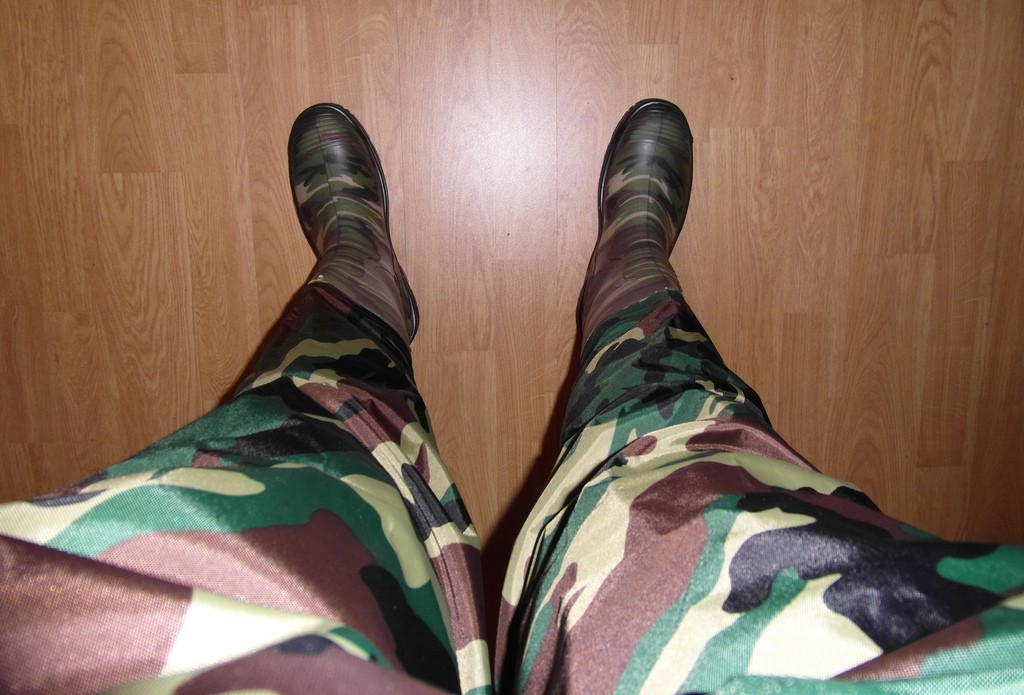Before you go out and start looking at new items to purchase, take a look at the fabrics listed below and go through your closet to see what you have. It's very possible items you already own and use fall into these categories. Whether you're getting the most out of them is another story.
Cotton: Depending on where you live, cotton clothing can kill you. Cotton is hydrophilic, meaning it is no good at wicking wetness away from the skin, and can become damp just by being exposed to humidity. Once wet, cotton feels cold and can lose up to 90 percent of its insulating properties. Wet cotton can wick heat from your body 25 times faster than when it’s dry.
On a desert hike, help prevent heat stroke by using a few ounces of water to wet [your] shirt down. (The water can come from anywhere, including that algae-edged stock tank. The evaporation is what cools you!)
Polypropylene: This material doesn’t absorb water, so it is a hydrophobic. This makes it a great base layer, since it wicks moisture away from your body. The bad news is that polypropylene melts, so a spark from the campfire may melt holes in your clothing.
Wool: Wool absorbs moisture, but stays warmer than many other fabrics. Wool is also inherently flame retardant.
Polyester: This is essentially fabric made from plastic, and it’s good stuff. The material has good insulative and windstopping value, and can be made into many different thicknesses.
Nylon: The fabric is pretty tough and can be used on your outer layer. It doesn’t absorb much moisture, and what does evaporates quickly. It is best used as some sort of windbreaker, to keep your clothing from being compromised by the wind.
Down: This material is not a fabric, but rather, fluffy feathers stuffed inside a garment or sleeping bag. When dry, down is one of my favorite insulative materials.
When wet, down becomes hydrophilic, and loses virtually all its insulative value. It can be worse than cotton as far as sucking heat away from your body. In addition, a down sleeping bag or garment is virtually impossible to dry out in the backcountry, even with a roaring campfire.
The folks over at Survival Common Sense were extremely thorough with the information provided above and we're thankful they put this together. We found their tips regarding cotton very helpful. You always hear people say positive things about cotton, and a lot of it is true. But depending on the weather or activity, cotton could be your worst nightmare. Very useful information.
Do You Have an Article of Clothing You Think is Perfect for Survival?
Tell us about it! We'd love to hear about the item, the fabric, how you use it and what activities or outdoor environments it works best in.
